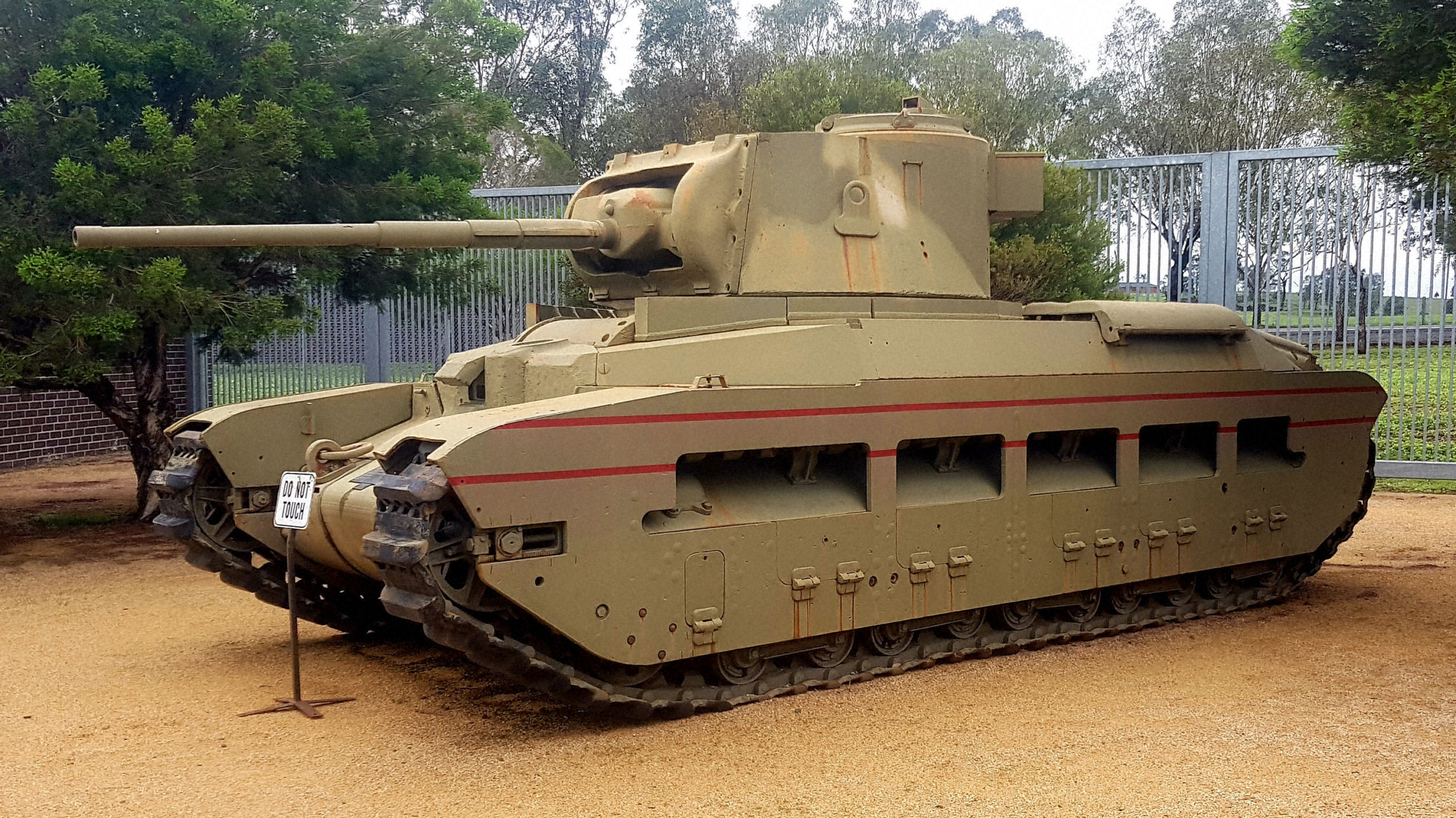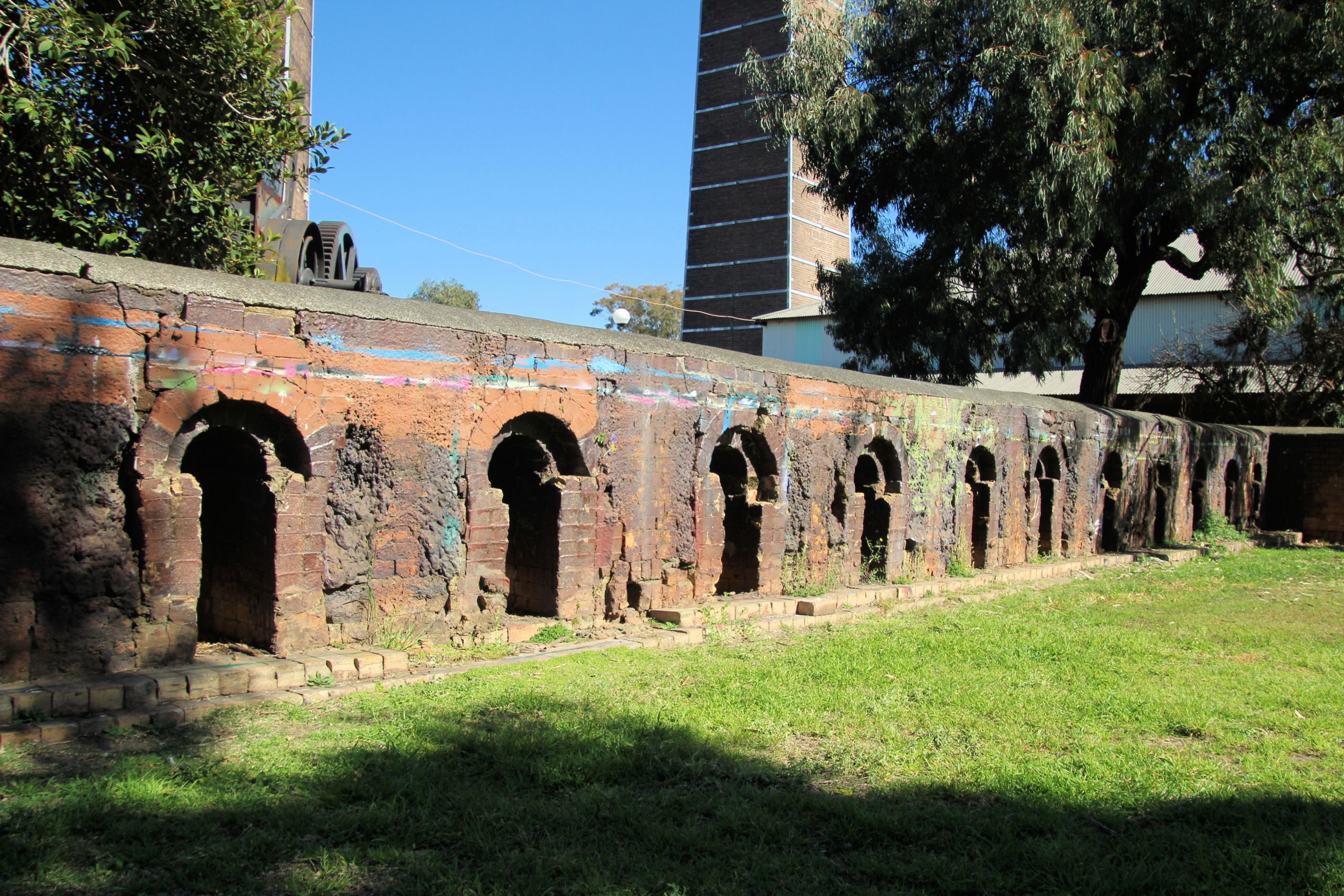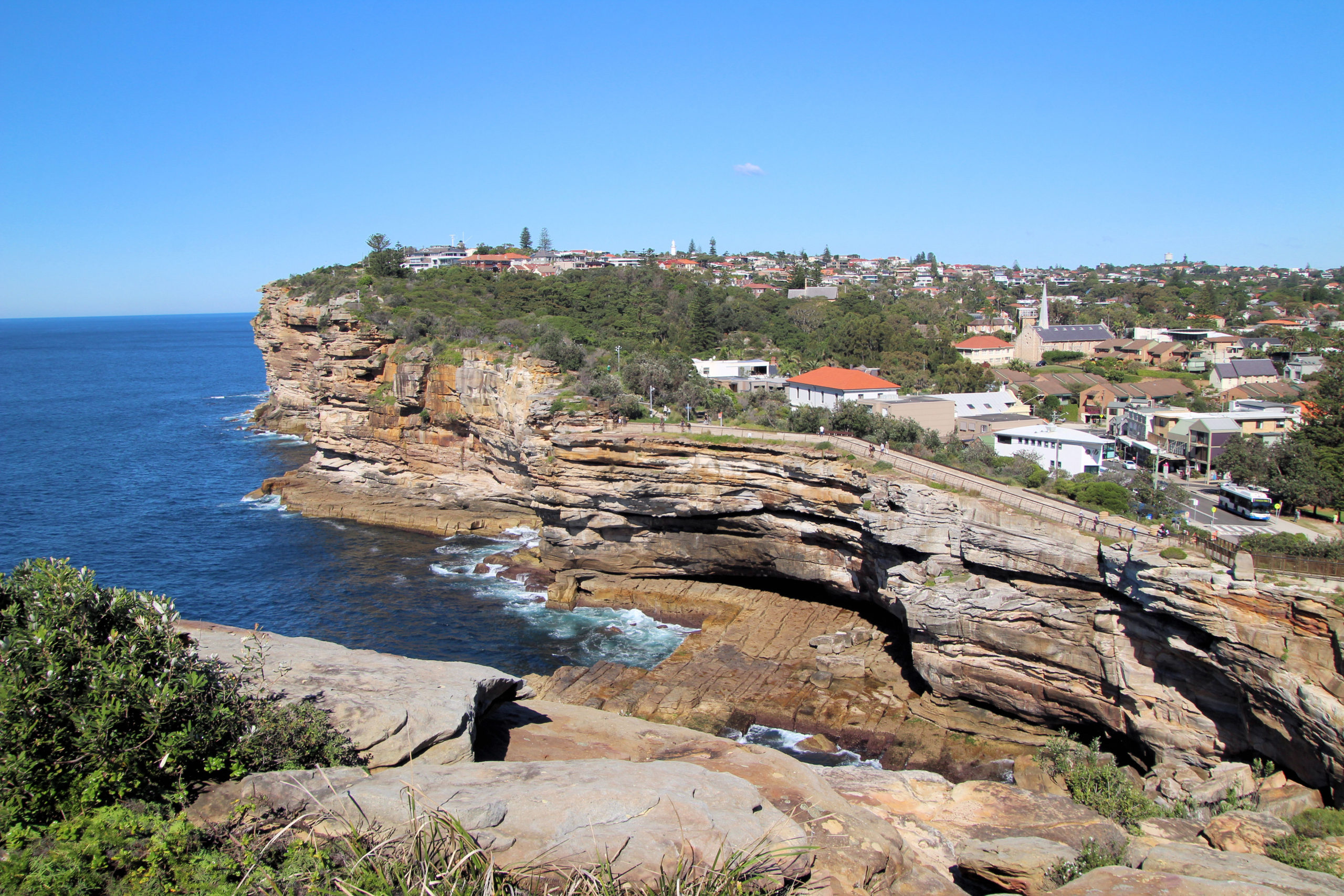Category: Building
Building
-
Australian Army Infantry Museum

Australian Army Infantry Museum Only a ten-minute drive south of Singleton in the Hunter Valley, the Australian Army Infantry Museum showcases the history of Australia’s infantry men and women from colonial times to the present. Entry is free for Australian Defence Force members, with a modest $8.00 fee for adults (2020) and discounts for children… Read more
-
Sydney Park and Old Brick Works

Sydney Park Originally a landfill site and the location of a brickworks, Sydney Park is now a beautiful public space because of its landscaped gardens, meandering paths and wetlands. A total of 40Ha of ugly landfill was transformed into beautiful parkland, making it a wonderful place to relax and let the kids run around. With… Read more
